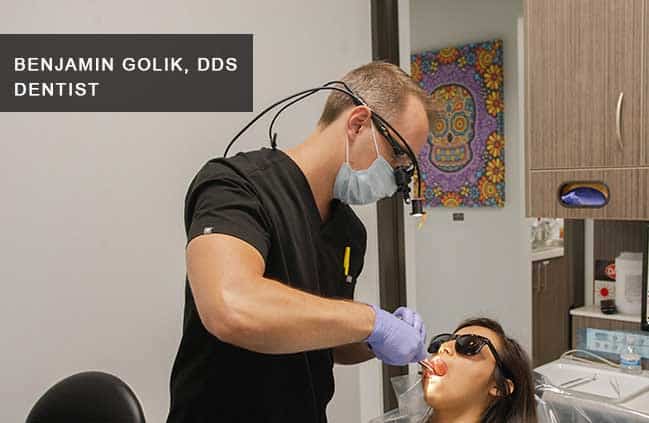How Does a Dentist Determine The Need For A Dental Filling?
Your oral health is a key component of your overall well-being, and when unexpected dental issues arise, the expertise of emergency dentistry becomes paramount. One common solution that dentists often employ to address tooth decay and damage is the dental filling. In this article, we'll delve into the intricacies of how a dentist determines the need for a dental filling, shedding light on the crucial intersection of emergency dentistry and oral care.
Understanding the Basics of Dental Fillings:
Dental fillings play a pivotal role in preserving the structural integrity of a tooth compromised by decay or trauma. These restorations involve the removal of the damaged tooth material, followed by filling the resulting cavity with a suitable material to prevent further deterioration.
The Diagnostic Process:
Dentists employ a multi-faceted approach to determine the necessity of a dental filling, combining clinical expertise with state-of-the-art diagnostic tools. One of the primary methods involves a thorough examination of the patient's oral health history, followed by a visual inspection of the affected tooth or teeth.

Utilizing Advanced Imaging Technology:
In many cases, dentists leverage advanced imaging technologies such as X-rays to gain a comprehensive view of the internal structures of the teeth. This allows them to identify hidden cavities, assess the extent of damage, and formulate an appropriate treatment plan. The use of such technologies not only enhances diagnostic accuracy but also aids in early detection, preventing potential emergencies.
Symptomatology and Patient Feedback:
Patients experiencing tooth sensitivity, pain, or discomfort are encouraged to communicate these symptoms to their dentist. Such subjective feedback is invaluable in the diagnostic process, providing crucial insights into the urgency of the situation. Emergency dentistry relies on effective communication between the patient and the dental professional to address immediate concerns.
The Role of Preventive Dentistry:
While emergency dentistry is designed to address urgent issues, preventive dentistry plays a crucial role in averting such situations. Regular dental check-ups, cleanings, and oral hygiene practices can significantly reduce the likelihood of extensive dental work, including the need for emergency dental fillings.

Treatment Options in Emergency Dentistry:
Once the diagnosis indicates the necessity of a dental filling, the dentist discusses treatment options with the patient. The choice of filling material, such as amalgam or composite resin, is often a collaborative decision based on factors like aesthetics, durability, and cost.
The Procedure:
The dental filling procedure typically involves the removal of decayed or damaged tooth material, thorough cleaning of the cavity, and precise placement of the chosen filling material. Dentists ensure that the restoration seamlessly integrates with the natural tooth structure, providing both functional and aesthetic benefits.
Post-Treatment Care and Follow-up:
Post-dental filling care is essential for ensuring the longevity of the restoration. Dentists provide guidance on oral hygiene practices, dietary considerations, and schedule follow-up appointments to monitor the success of the treatment. This proactive approach aligns with the principles of emergency dentistry, emphasizing long-term oral health.
Conclusion:
In the realm of emergency dentistry, the decision to recommend a dental filling is a meticulous process guided by a combination of clinical expertise, diagnostic tools, and patient collaboration. Understanding the dynamics of this process empowers individuals to actively engage in their oral health, fostering a partnership with their dentist to address immediate concerns and promote long-term well-being.
Comments
Post a Comment